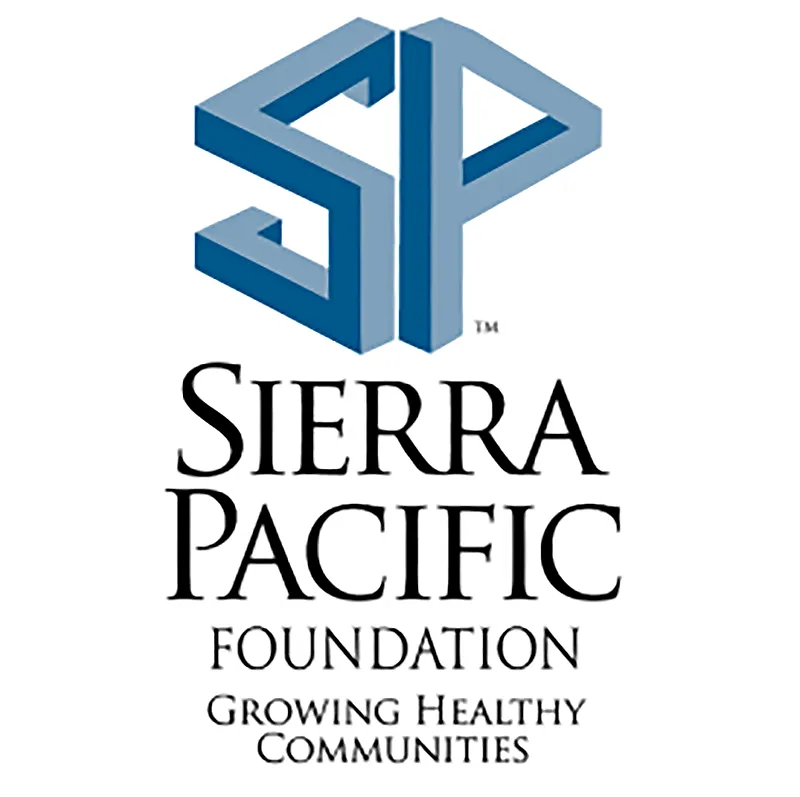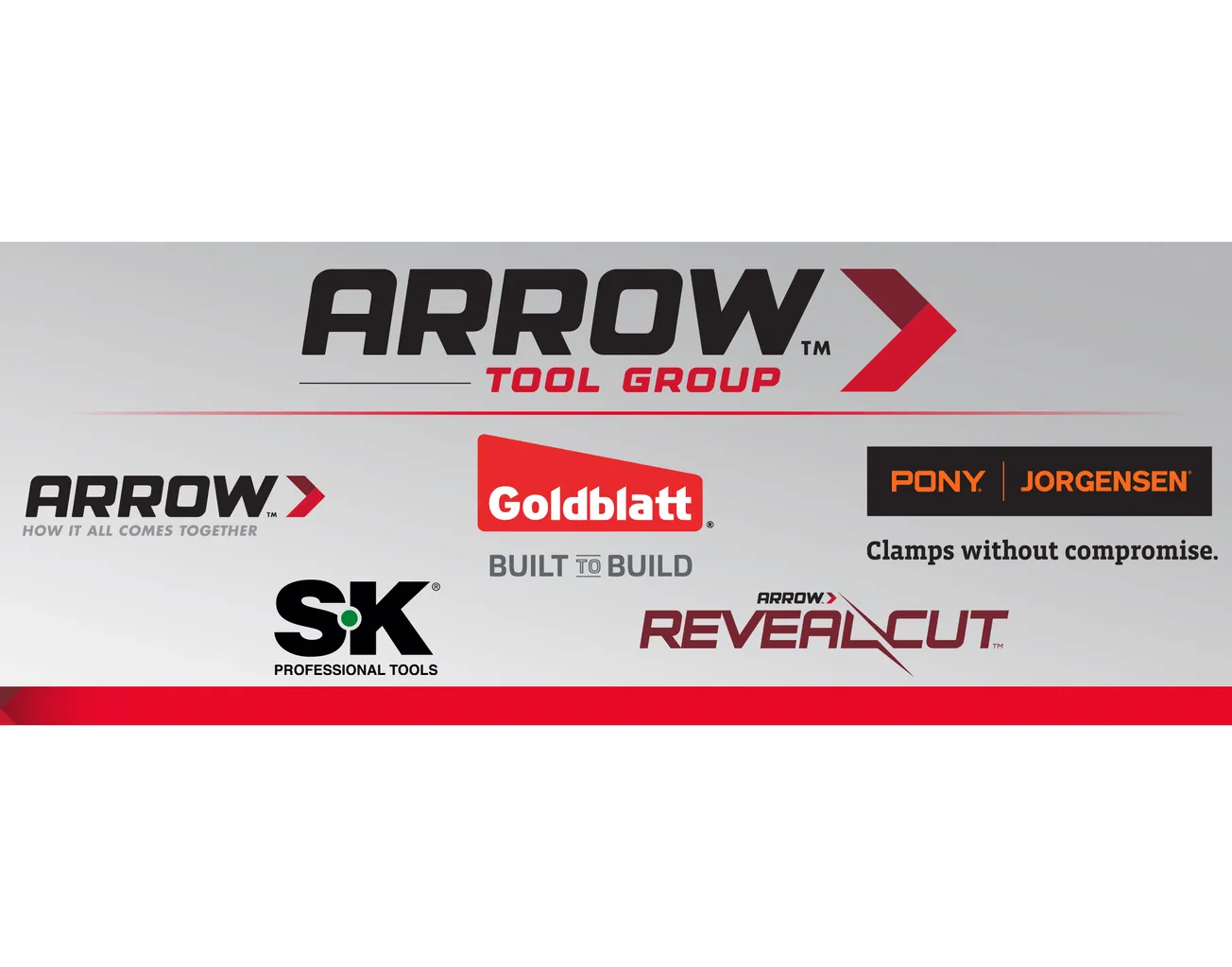Table of Contents
One of our most frequently asked questions at SPIB is, “What do the stamps or tags on preserved lumber mean?” At first glance, the information included on these quality marks can seem confusing and appears to be written in some sort of secret spy code…but have no fear! You don’t have to be a superhero or code breaker to understand preserved wood quality marks. We’re here to help!
Preserved wood products, under accredited third-party oversight, that have been produced according to American Wood Protection Association (AWPA) Standards or International Code Council-Evaluation Service (ICC-ES) Reports are required to be marked with end tags or stamps that include specific elements of important information:
1. Exposure or End-Use Application
This information describes the appropriate end-use of the preserved wood product. When choosing preserved wood, be sure to use the proper product for the intended application. Examples of end-use applications are: Above Ground-Interior, Above Ground-Exterior, Ground Contact, Ground Contact-Heavy Duty, Permanent Wood Foundation, Marine Use, etc.
2. Applicable Industry Standards/Specifications
(AWPA or ICC-ESR)
The AWPA Use Category System (AWPA Standard U1) designates what preservative systems and retentions have been determined to be effective in specified exposure conditions. There are five major Use Categories that clearly describe these exposure conditions: UC1, UC2, UC3, UC4, UC5. These categories are further broken down into sub-categories to define the degree of exposure hazard. For additional information about the AWPA Use Category System or to download a free excerpt of U1, please visit www.awpa.com
The International Code Council – Evaluation Service lists preservative systems, exposure conditions, and treatment specifications through their Evaluation Report Process. Preserved wood products manufactured according to ICC-ES Reports must include the applicable ESR# on the end tag or stamp. For more information about the ICC-ES report process or to search for specific reports, please visit www.icc-es.org.
3. Preservative Type
This is the type of chemical used in the pressure treatment process. Some common preservative systems for residential use include: ACQ, CA-C, EL2, MCA, MCA-C, PTI, etc.
4. Preservative Retention
(optional for products treated to ICC-ESR)
This is the minimum retention specified in the applicable industry standard for a batch charge of preserved wood. Preservative retention minimums are usually listed on end tags and stamps in pounds per cubic feet (PCF).
5. Treating Company and Location
6. Quality Mark of an Accredited Third-Party Agency
For a complete list of ALSC-accredited agencies, please visit www.alsc.org. For a complete list of IAS-accredited agencies, please visit www.iasonline.org
7. WWPI CheckMark Logo (for products treated to AWPA Standards) or ICC-ES Swirl Logo (for products treated to ICC-ESR Specifications)
Be sure to look for these symbols as they signify that preserved wood products are produced under the oversight of a third-party inspection program.









